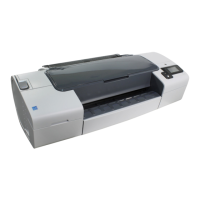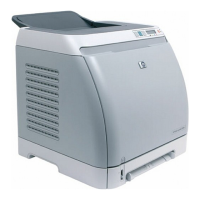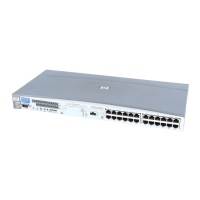8. Data Protector will then reestablish the previous storage structure within the
selected scope of recovery and restore all critical volumes. The temporary DR
OS will be deleted after the first login, except in the following cases:
• Minimal Recovery is selected.
• You have interrupted the Disaster Recovery wizard during the 10 seconds
pause after it has found the DR installation and SRD file on the backup
medium, and have selected the Debugs option.
• You have manually started the omnidr command with the -no_reset or
-debug option.
• Disaster recovery fails.
On Windows Vista and Windows Server 2008 systems, the temporary DR OS
is never retained.
9. Remove the client’s local Administrator account created in step Step 1 from the
Data Protector Admin user group on the Cell Manager, unless it existed on the
Cell Manager before the disaster recovery.
10. Additional steps are required if you are recovering a Cell Manager or performing
advanced recovery tasks (such as restoring MSCS or IIS, editing the kb.cfg
and SRD files). See “Restoring the Data Protector Cell Manager specifics
” on page 103 and “Advanced recovery tasks” on page 96 for more information.
11. Restore user and application data using the standard Data Protector restore
procedure.
NOTE:
Data Protector does not restore the volume-compression flag after recovery.
All files that were compressed at backup time will be restored as
compressed, but you will have to manually set the volume compression if
you want any newly created files to be compressed as well.
One Button Disaster Recovery of a Windows system
One Button Disaster Recovery (OBDR) is an automated Data Protector recovery method
for Windows clients and Cell Manager, where user intervention is reduced to
minimum. For details on supported operating systems, refer to the HP Data Protector
product announcements, software notes, and references.
OBDR collects all relevant environment data automatically at backup time. During
backup, data required for temporary DR OS setup and configuration is packed in a
Disaster recovery for Windows70
